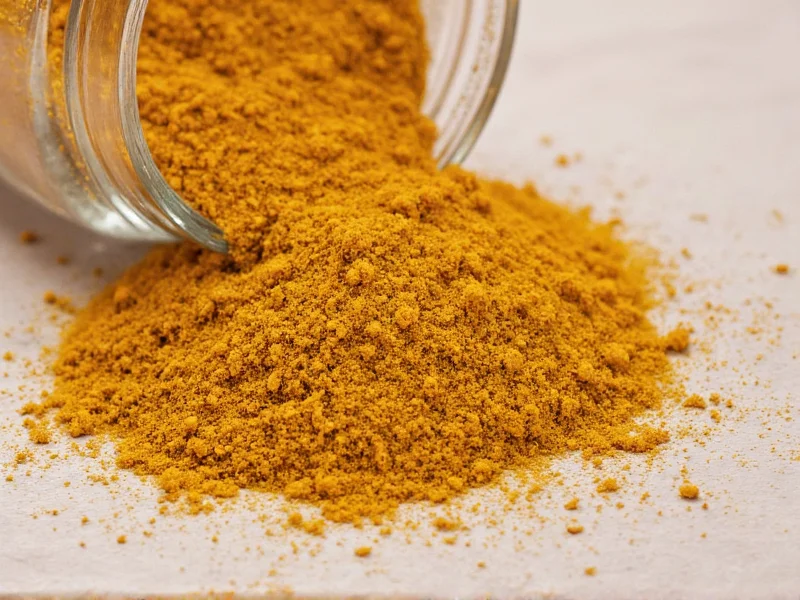Understanding whether is mustard a spice requires examining both botanical definitions and culinary applications. The confusion often stems from not distinguishing between mustard seeds and prepared mustard. Mustard plants (genus Brassica or Sinapis) produce seeds that qualify as true spices—dried plant parts used for flavoring. However, the prepared yellow, Dijon, or whole-grain mustard found in grocery stores contains additional ingredients that transform it from a simple spice into a complex condiment.
Defining Spices in Culinary Context
A spice is typically defined as a dried seed, fruit, root, bark, or vegetable substance used to add flavor, color, or preserve food. Spices are usually used in small quantities and come directly from plant sources without significant processing. Common examples include cinnamon (bark), cloves (flower buds), and black pepper (dried berries).
Mustard seeds perfectly fit this definition. Available in yellow, brown, and black varieties, these tiny seeds pack intense flavor and have been used as spices for thousands of years across multiple cultures. When ground into powder, mustard powder remains classified as a spice because it contains only processed mustard seeds without additional ingredients.
Mustard Seeds vs. Prepared Mustard: A Critical Distinction
The confusion around is mustard a spice or condiment arises because many people equate the prepared product with the raw ingredient. Here's the key difference:
| Characteristic | Mustard Seeds | Prepared Mustard |
|---|---|---|
| Classification | Spice | Condiment |
| Primary Ingredients | Only mustard seeds | Mustard seeds plus vinegar, water, salt, and other flavorings |
| Processing Level | Minimal (dried or ground) | Significant (fermented mixture) |
| Culinary Function | Flavor base, seasoning | Finished sauce, accompaniment |
| Shelf Stability | Years when stored properly | Months (requires refrigeration after opening) |
The Science Behind Mustard's Transformation
When exploring are mustard seeds considered a spice, understanding the chemical process explains why prepared mustard differs. Mustard seeds contain an enzyme called myrosinase and a compound called sinigrin. When seeds are dry, these components remain separate. But when moisture is added (as in preparing mustard), they combine to create allyl isothiocyanate—the compound responsible for mustard's characteristic pungency.
This chemical reaction transforms the simple spice into a more complex flavor profile. The addition of vinegar halts this reaction at a desired level of heat, creating the familiar prepared mustard. This processing step is what moves mustard from the spice category into condiments.
Historical Perspective on Mustard Classification
Historically, mustard seeds have been traded as spices since Roman times. Ancient civilizations used them whole, crushed, or ground as flavoring agents—classic spice applications. The Romans mixed crushed seeds with grape juice (mustum ardens, meaning "burning must") to create an early version of prepared mustard.
By the Middle Ages, mustard production evolved into the prepared condiment we recognize today. French monasteries in Dijon began using verjuice (sour grape juice) instead of vinegar, creating what we now call Dijon mustard. This historical development illustrates how a simple spice transformed into a sophisticated condiment through culinary innovation.
Practical Implications for Home Cooking
Understanding the distinction between mustard seeds spice classification and prepared mustard matters in the kitchen. When a recipe calls for "mustard," check whether it specifies seeds, powder, or prepared mustard. Substituting one for another significantly alters flavor, texture, and chemical properties.
Chefs often use mustard seeds in tempering (tadka) techniques in Indian cuisine, where they're fried in oil to release flavors before adding other ingredients. In contrast, prepared mustard works best as a finishing element in dressings, marinades, or as a sandwich spread—demonstrating why why is mustard not considered a spice in its prepared form.
Common Misconceptions Clarified
Many home cooks wonder is mustard powder a spice—the answer is yes. Pure mustard powder contains only ground mustard seeds without additional ingredients, maintaining its status as a spice. However, some commercial mustard powders include turmeric or other spices, which technically makes them spice blends rather than single spices.
Another frequent question concerns yellow mustard's classification. Despite its vibrant color (from turmeric), standard yellow mustard remains a condiment because it contains vinegar, water, and other ingredients beyond just mustard seeds.











 浙公网安备
33010002000092号
浙公网安备
33010002000092号 浙B2-20120091-4
浙B2-20120091-4